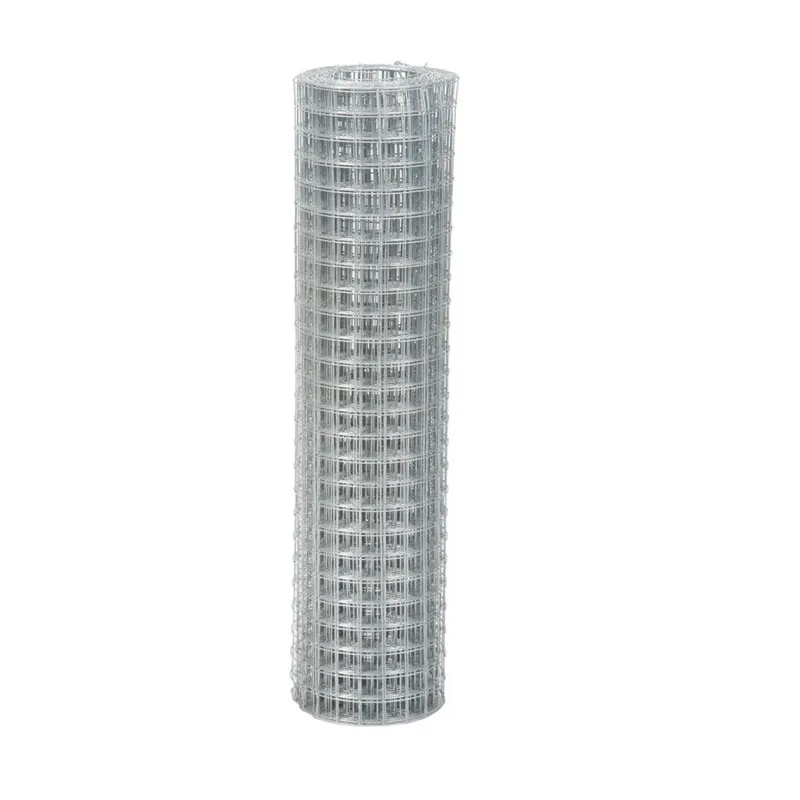Installing Ground Rods Using Screw-In Methods for Effective Electrical Grounding Solutions
Каст . 22, 2024 04:19
The Importance of Installing a Ground Rod Using a Screw-In Method
Grounding is an essential aspect of electrical systems, providing safety and stability to both residential and commercial properties. One effective method to establish a solid grounding system is through the installation of a ground rod, especially using a screw-in technique. This method offers numerous advantages, combining efficacy with ease of installation. In this article, we will explore the significance of grounding, the screw-in ground rod method, and its benefits.
Understanding Grounding in Electrical Systems
Grounding serves multiple purposes in electrical systems. Primarily, it helps protect users from electrical shocks by providing a low-resistance path for fault currents to travel safely into the earth. By directing excess electricity — due to surges or faults — away from the electrical system, grounding helps prevent equipment damage, reduces fire risks, and ensures the safety of individuals using electrical devices.
The Screw-In Ground Rod Technique
The screw-in ground rod method involves using a rod that can be mechanically screwed into the ground, rather than being hammered in or driven by other means. Typically made of copper or galvanized steel, these rods are designed with threads for easy insertion into the soil. The installation process is straightforward an installer utilizes a hand tool or power driver to twist the rod into the ground to a specified depth, usually about 8 to 10 feet, depending on local codes and soil conditions.
Advantages of the Screw-In Method
screw in ground rod

1. Ease of Installation One of the greatest benefits of the screw-in ground rod technique is its simplicity. Traditional methods may require heavy equipment or extensive labor, especially in areas with rocky or hard soil. The screw-in method allows for a quicker and more efficient installation, making it particularly attractive for DIY enthusiasts and electricians alike.
2. Less Disturbance to the Site Since the screw-in rod is rotated into the ground, it minimizes the upheaval of soil and surrounding vegetation. This is especially useful in residential areas or other sensitive environments where maintaining the existing landscape is important.
3. Adjustable Depth Unlike other grounding methods, which can be limited by soil conditions or installation angles, the screw-in ground rod can be adjusted for depth while still achieving the required resistance. This adaptability ensures that the rod can reach more conductive soil layers if the surface is dry or rocky.
4. Cost-Effectiveness The efficiency of installation can lead to overall cost savings. Reduced labor time, lower equipment rental fees, and minimal disruption to the environment contribute to an economical grounding solution.
5. Durability and Longevity Screw-in ground rods are typically constructed of materials designed to withstand corrosion and degradation over time. This durability ensures that the grounding system remains effective for years, providing uninterrupted safety and performance.
Conclusion
In summary, the installation of a screw-in ground rod is an effective and practical solution for establishing a grounding system. This method not only simplifies the installation process but also improves site integrity and reduces overall costs. As the importance of electrical safety continues to rise, understanding and implementing effective grounding techniques, like the screw-in ground rod method, is essential for both safety professionals and property owners. By investing time and resources in proper grounding practices, we contribute to safer electrical systems and ultimately protect lives.




















